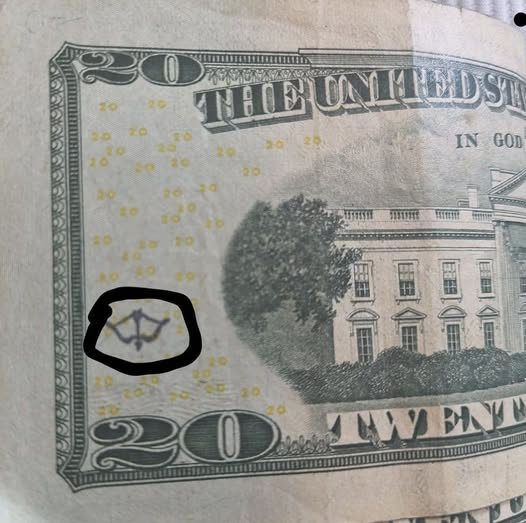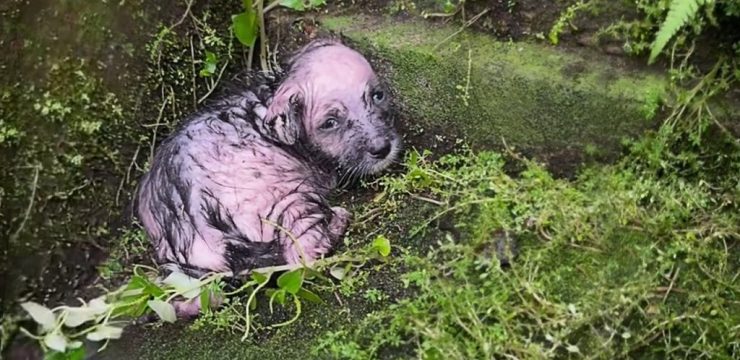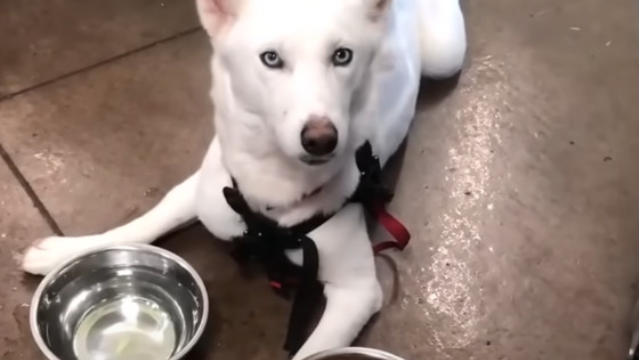Have you ever come across a U.S. dollar bill with a small, unusual stamp on it—maybe a star, a pair of initials, or some other strange symbol? At first glance, it might seem like someone just doodled on it or maybe damaged it, but these marks actually tell a much deeper story. Known as “chop marks,” these tiny imprints aren’t random. They carry a fascinating history and serve a surprising purpose in global finance, particularly in regions where verifying the authenticity of money is critical. Chop marks are typically small stamped images or initials that appear on U.S. currency, especially bills that have made their way through foreign markets. These stamps aren’t placed by the U.S. Treasury or any official American agency—instead, they come from money changers, currency exchangers, or local businesses in various countries. Think of them as a form of grassroots verification: a way for someone handling the cash to say, “Yes, I’ve checked this—it’s the real deal.” This practice is especially common in Southeast Asia, Latin America, and parts of Africa, where counterfeit currency may be a more frequent concern. A chop mark serves three core functions: it confirms the bill has been checked for authenticity, it traces the currency’s movement along local financial routes, and most importantly, it helps build trust in financial systems that might not have centralized verification mechanisms. In places where people are used to checking cash by hand and rely on street-level verification, these marks can mean the difference between a trusted transaction and a questionable one.

The origin of the term “chop” actually dates back to China, a global hub for commerce and coinage for centuries. During the age of silver coins, merchants would stamp their own distinctive symbols onto coins to show they had verified the weight and purity. These marks became a sign of trust—essentially, a merchant’s personal guarantee. As paper money, especially U.S. dollars, began to circulate globally, the same practice carried over. It’s no wonder that the American dollar, widely accepted and traded far beyond U.S. borders, has become a canvas for these modern-day financial signatures. So what do these chop marks look like? There’s no universal design, and that’s part of the charm. You might see arrows, birds, or stars. Others feature stylized letters or a combination of initials. Some bills have more artistic marks, like a bow and arrow stamp found on a $20 bill not long ago. Most of these are inked in red, black, or blue—colors chosen so they don’t interfere with official security features like watermarks, color-shifting ink, or serial numbers.
Now you might be wondering: is it legal to stamp a dollar bill? The short answer is yes—within limits. U.S. law prohibits defacing currency to the point where it alters its value or makes it unfit to be used as legal tender. But chop marks don’t do that. They’re small, unobtrusive, and don’t interfere with the bill’s function. Still, some banks or vending machines might reject bills with excessive markings just because of how they look. That said, chop-marked bills remain entirely legal for everyday use. They’re not collector’s items, but they are like tiny passports, documenting a journey you’d never guess just by glancing at your wallet. In a way, each stamp is a silent witness to the travels of that bill—moving from one exchange booth to another, passing hands in markets across the globe, perhaps traded in border towns or bustling cities far from where it was printed.
So the next time you notice a tiny mark on your cash, take a moment to appreciate what it represents. That one bill could have traveled farther than you ever have. It’s not just money—it’s a record of trust, movement, and commerce between strangers who needed a little extra reassurance. In a world where digital transactions dominate, it’s a reminder that physical currency still carries stories—and sometimes, stamps—that connect people across continents.





